Terahertz radiation is that portion of the electromagnetic spectrum lying between infrared and radio wavelengths and is typically defined as wavelengths of between 3mm and 100 microns, or frequencies between 100GHz and 3000GHz. It can be further considered as millimetre-wave (100 - 300 GHz) and sub-millimetre wavelengths (300 - 3,000 GHz). Detection of these frequencies emanating from naturally recurring sources requires a very sensitive instrument such as a radiometer, akin to an FM radio receiver but operating at these much higher frequencies.
The principal applications for these systems are atmospheric remote sensing and astronomy, however the MMT group have also developed instrumentation for other uses including security imaging. In addition to developing complete instruments, the MMT group are experts in the design and manufacture of key receiver components such as mixers, multipliers, low-noise amplifiers, and optics. We have recently supplied radiometers or key radiometer subsystems to customers including the Met Office, Thales Alenia Space and ESA and are presently developing a large number of systems for Airbus Defence & Space.
Current activities
MetOp Second Generation (MetOp-SG) Front End Receivers
We are presently leading the development of a number of Front End Receivers at frequencies from 166 GHz to 325 GHz for MetOp-SG, Europe's next generation of operational meteorological satellites. Global measurements from the Microwave Sounder (MWS) instrument will enable the development of better numerical weather prediction models, leading to better weather forecasts. The Microwave Imager (MWI) will provide improved now-casting data on rainfall and snow, while the Ice Cloud Imager (ICI) will, for the first time, provide qualitative data on the composition of ice clouds which are believed to have a key role in Earth's climate.
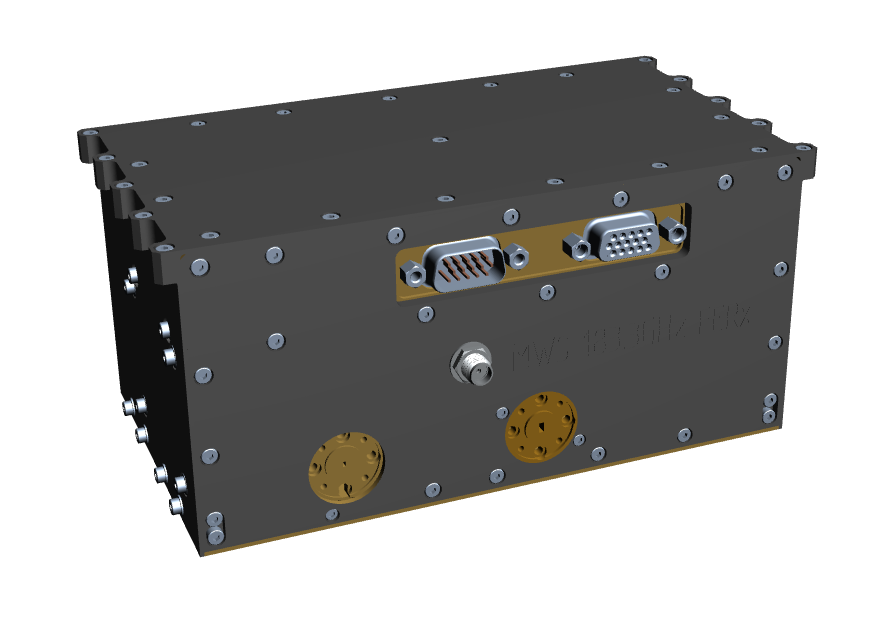
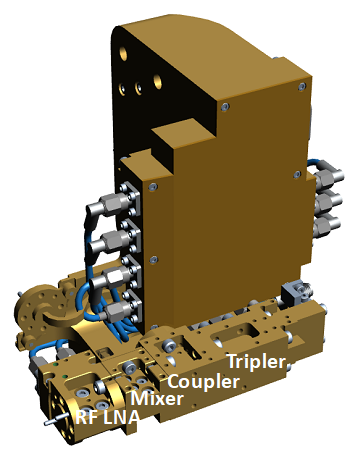
MWS 183GHz Front End Receiver Housing (left) MWI 183GHz Front End Receiver (right)
Future satellite missions
The MMT group have also developed a number of instruments designed for ground-based or airborne demonstration of future satellite instruments.
Breadboard demonstrator of the RAL Subharmonic
Image Reject Mixer (SHIRM)
This instrument was developed, with support from UK Centre for Earth Observation Instrumentation (CEOI), to demonstrate the potential for future space instruments of the RAL SHIRM mixer concept and was deployed by the MMT and Remote Sensing group in a field trial at the Sphinx observatory on the Jungfraujoch, Switzerland. The radiometer includes a spectrometer developed by STAR-Dundee.
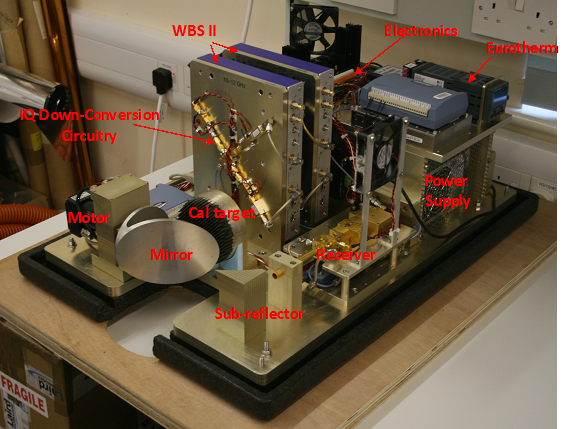
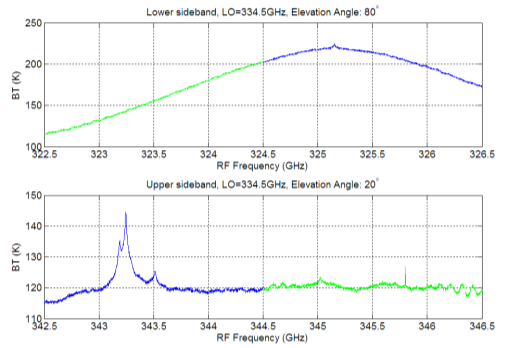

SHIRM radiometer (Top Left) and spectra measured from Jungfraujoch (Top Right).SHIRM radiometer installed at SPHINX observatory (Bottom)
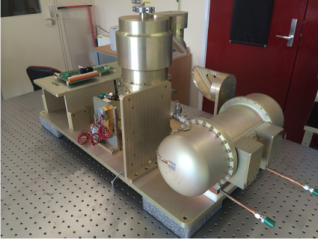
LOCUS 1.15THz Receiver
This cryogenic instrument, a prototype for the future upper-atmospheric LOCUS satellite mission, includes a cooler developed by the RAL Technology Department, which cools the Schottky diode mixer to below 70K. We designed this novel, compact terahertz (THz) receivers alongside the University of Leeds. Other LOCUS partners include STAR-Dundee, UCL, SSTL and JCR Systems.
The RAL Space MMT group has a world class team of designers, engineers, scientists and technicians with a commercial mind-set. We are keen to support instrument development activities, with new and existing partners and customers, from initial concept studies through to subsystems and complete instruments.
LOCUS 1.15THz Radiometer
For more information please contact: RAL Space Enquiries
